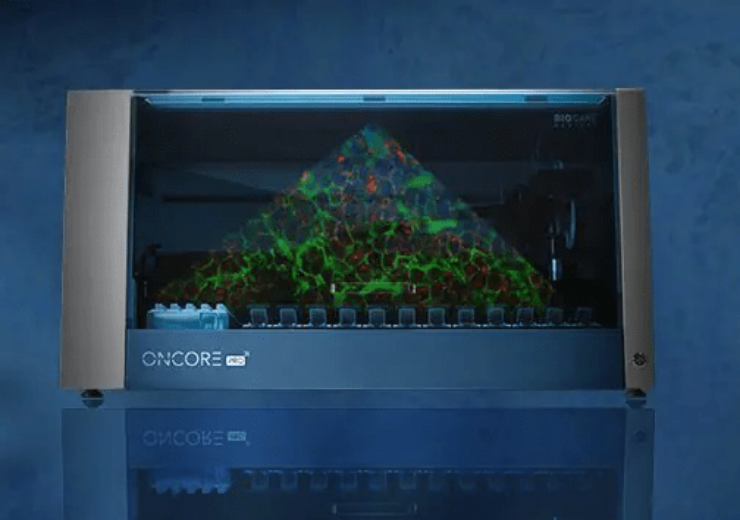The partnership combines Molecular Instruments's HCR Platform into Biocare Medical's ONCORE Pro X instrument for work in automated in situ hybridisation and immunohistochemistry sectors

An image of ONCORE Pro X device. (Credit: Biocare Medical, LLC)
US-based automated instrumentations provider Biocare Medical has partnered with Molecular Instruments (MI) to transform automated bioimaging technologies.
Molecular Instruments is the developer of the HCR Imaging technology for use in academic research, drug development, and clinical pathology and diagnostics.
The partnership combines Biocare’s expertise in automated bioimaging systems with MI’s range of advanced HCR Products.
It will integrate Molecular Instruments’s HCR Platform into Biocare Medical’s ONCORE Pro X instrument.
Both firms will work to advance automated in situ hybridisation (ISH) and immunohistochemistry (IHC) sectors.
The HCR Imaging technology of MI, a firm engaged in the development of bioimaging and ISH reagents, is said to offer features like mild sample preparation with no protease digestion and isothermal amplification at room temperature.
According to Biocare, the technology is also available with both fluorescent and brightfield imaging.
HCR’s flagship application, the HCR RNA-ISH assay, is designed to maintain tissue morphology and integrate easily with current IHC/IF procedures.
The researchers can target any RNA sequence in any sample with performance, speed, and versatility with HCR RNA-ISH, Biocare Medical said.
The ONCORE Pro X is invented to include a vast range of assays. With MI’s HCR Platform, this technology will now provide flexibility and precision in bioimaging and ISH applications for research use.
Biocare Medical said that its open and flexible automation complements MI’s bioimaging approach.
Both companies plan to extend the scope of automated bioimaging, expanding capabilities in academic research, drug development, and clinical diagnostics.
Additionally, the integration allows faster turnaround times and strengthens high throughput efficiency.
The automated instrumentations provider said that this combination has the potential to target any RNA sequence in any sample efficiently.
